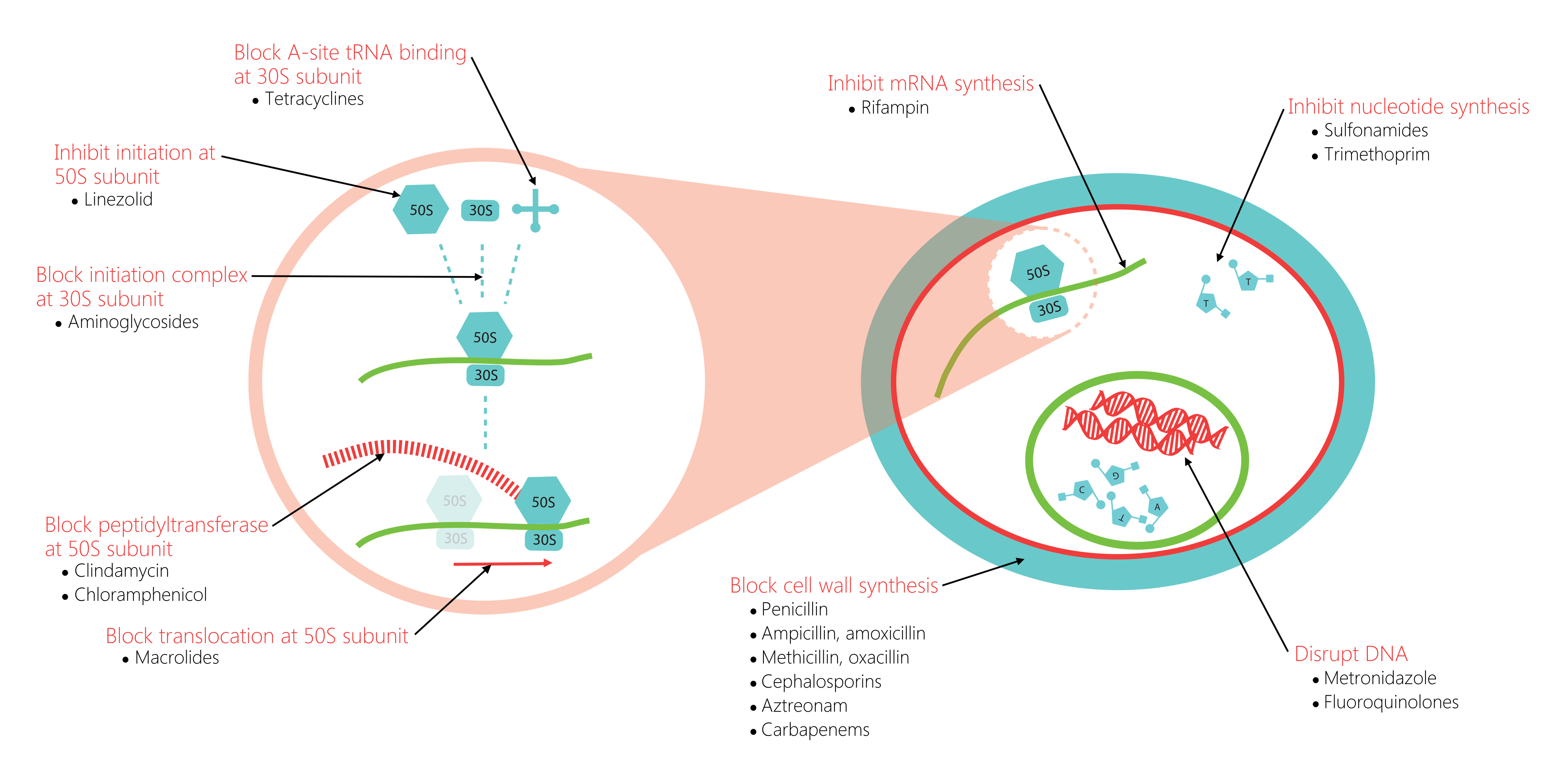WBR0060
Jump to navigation
Jump to search
| Author | PageAuthor::William J Gibson (Reviewed by Yazan Daaboul) |
|---|---|
| Exam Type | ExamType::USMLE Step 1 |
| Main Category | MainCategory::Microbiology, MainCategory::Pharmacology |
| Sub Category | SubCategory::General Principles, SubCategory::Infectious Disease |
| Prompt | [[Prompt:: A 34-year-old woman presents to her physician's office complaining of a rash that started on her palms and soles but has begun spreading to her wrists and ankles. She has recently also been experiencing new-onset headaches, malaise, and progressive fever. Her past medical history is unremarkable. She has no known allergies to food or medications. She does not drink alcohol or smoke, but is sexually active. She reports no history of international travel, but recently returned from a vacation in Boston. What is the optimal treatment for this patient's condition?]] |
| Answer A | AnswerA::Doxycycline |
| Answer A Explanation | AnswerAExp::Rocky mountain spotted fever (RMSF) is caused by ''Rickettsia rickettsii'' and is treated with doxycycline. |
| Answer B | AnswerB::Erythromycin |
| Answer B Explanation | [[AnswerBExp::Erythromycin is a macrolide antibiotic which blocks ribosomal translocation. It is used for atypical pneumonias such as Mycoplasma spp. infections.]] |
| Answer C | AnswerC::Ampicillin |
| Answer C Explanation | [[AnswerCExp::Ampicillin is an extended-spectrum Beta-lactamase that helps to kill enterococci.]] |
| Answer D | AnswerD::Trimethoprim-Sulfamethoxazole (TMP-SMX) |
| Answer D Explanation | [[AnswerDExp::TMP-SMX inhibits bacterial folate synthesis and is most commonly used for urinary tract infections and in Pneumocystis jirovecii pneumonia in HIV-positive patients.]] |
| Answer E | AnswerE::Cephalexin |
| Answer E Explanation | [[AnswerEExp::Cephalexin is a first generation cephalosporin (beta-lactam based drug) that inhibits cell wall synthesis. It is most commonly used against gram-positive cocci.]] |
| Right Answer | RightAnswer::A |
| Explanation | [[Explanation::The patient in this vignette has been infected with Rickettsia rickettsii, which causes Rocky mountain spotted fever (RMSF). Patients with Rocky mountain spotted fever are infected with the Rickettsial organism via ticks: Dermacentor andersoni (Rocky Mountain wood tick), Dermacentor variabilis (American dog tick), or Rhipicephalus sangunineus (Brown dog tick). Despite the syndrome's name, Rickettsia rickettsii is endemic to the northeastern and upper midwestern USA. The hallmark of infection is a rash starting peripherally involving the palms and soles and extends to the wrists and ankles over time. Very few organisms cause rash on the palms and soles, including Coxsackie A virus, Rickettsia rickettsii and syphilis (mnemonic: CARS). RMSF can be diagnosed by a Weil-Felix test, in which patient serum is incubated with Proteus spp. antigens. Agglutination is considered a positive test. All Rickettsia spp. are intracellular organisms which require CoA and NAD+. Finally, all rickettsial infections are treated with doxycycline, a tetracycline antibiotic which inhibits 30S ribosome binding to aminoacyl-tRNA.
|
| Approved | Approved::Yes |
| Keyword | WBRKeyword::Zoonotic, WBRKeyword::doxycyline, WBRKeyword::RMSF, WBRKeyword::rickettsia, WBRKeyword::rickettsii, WBRKeyword::weil, WBRKeyword::felix, WBRKeyword::Animal, WBRKeyword::Microbiology, WBRKeyword::Bacteria, WBRKeyword::Rocky mountain spotted fever, WBRKeyword::Pharmacology, WBRKeyword::Antibiotics, WBRKeyword::Drugs |
| Linked Question | Linked:: |
| Order in Linked Questions | LinkedOrder:: |
